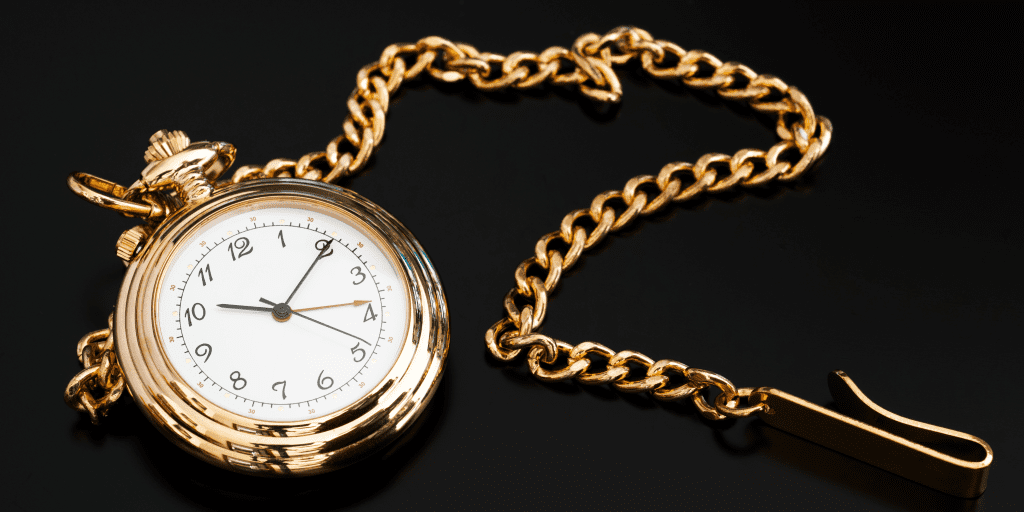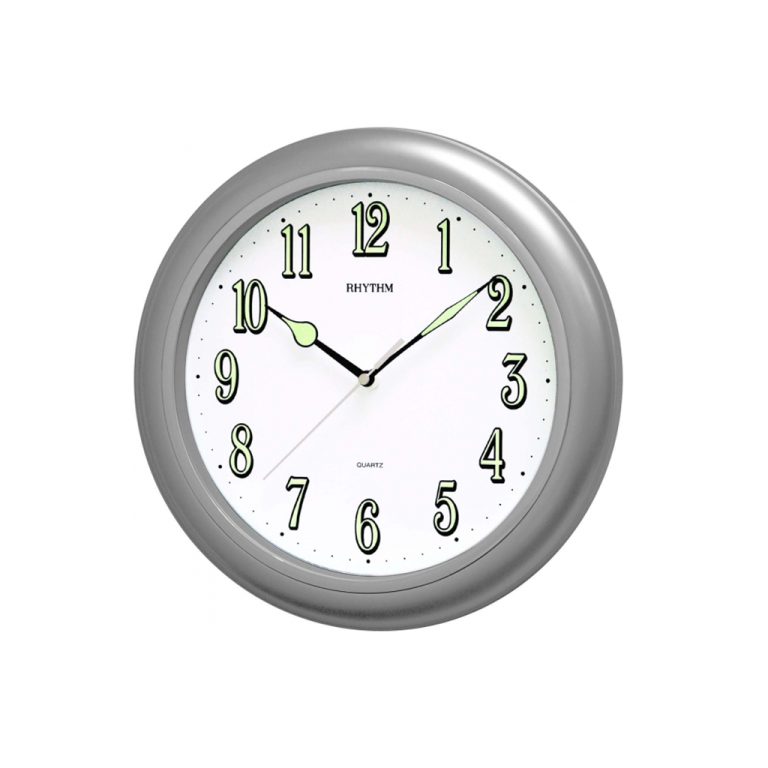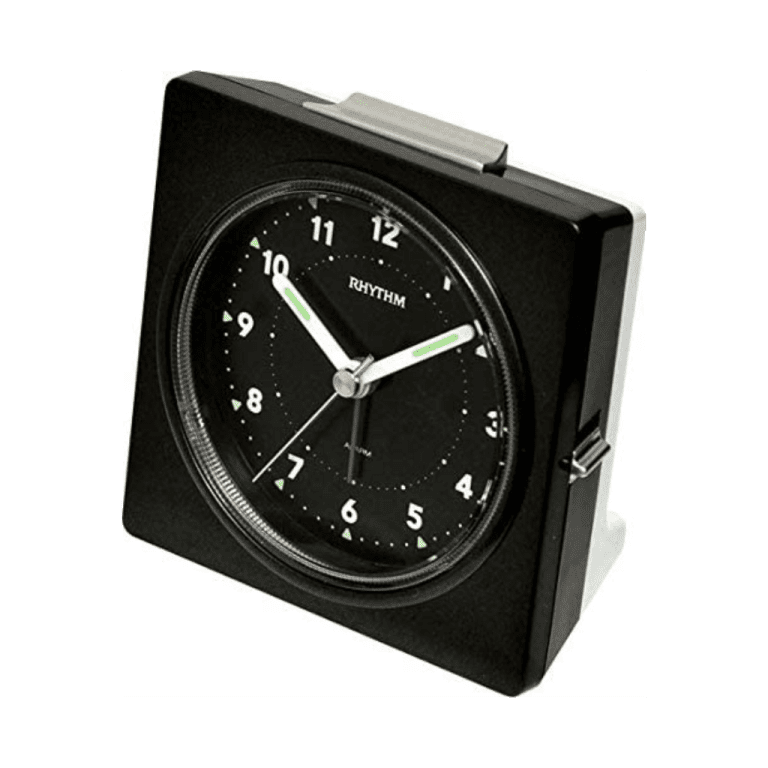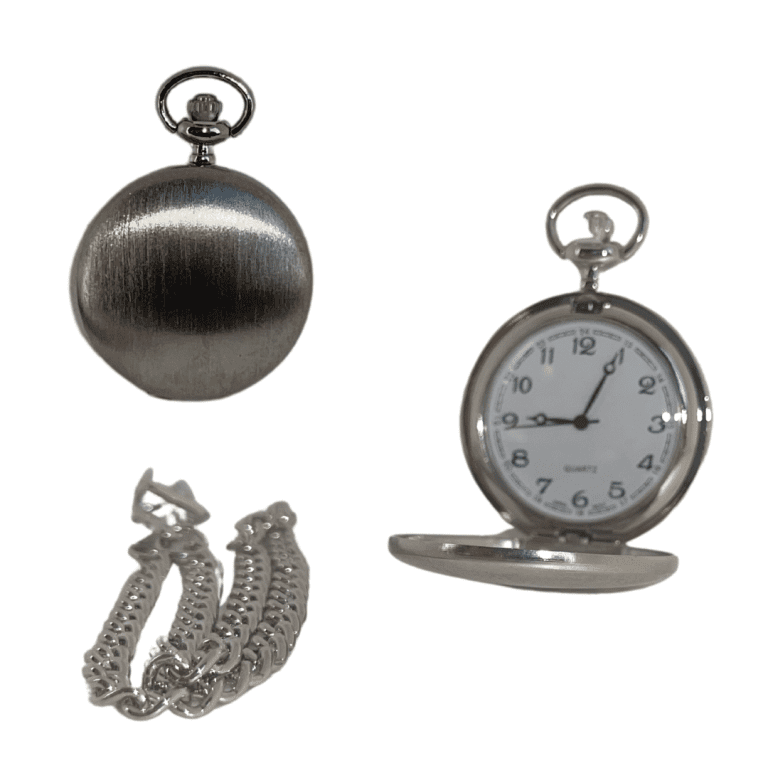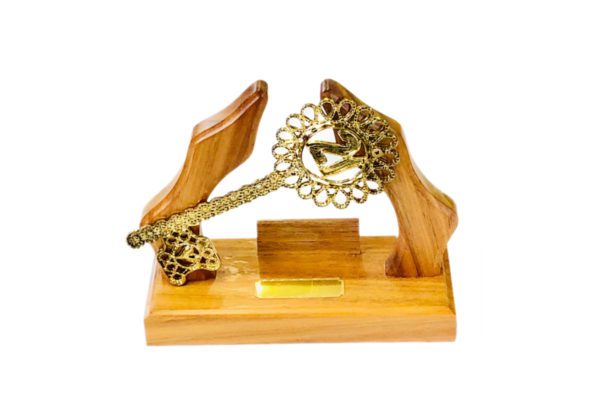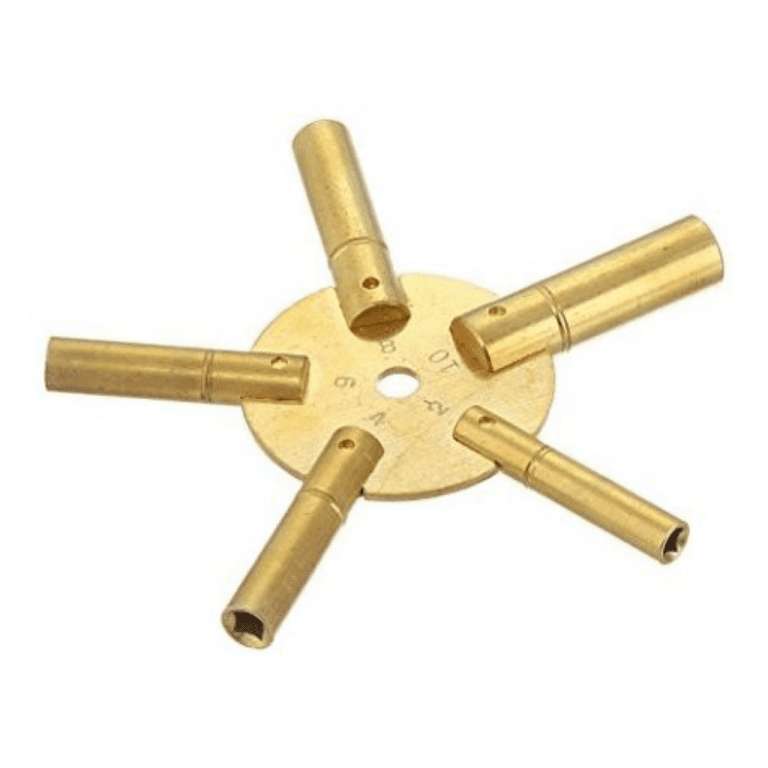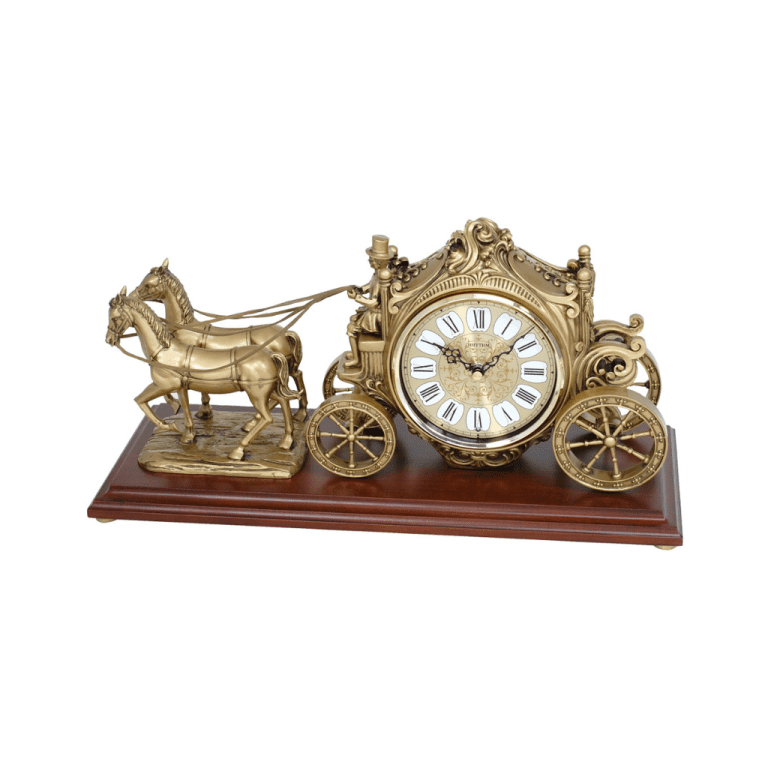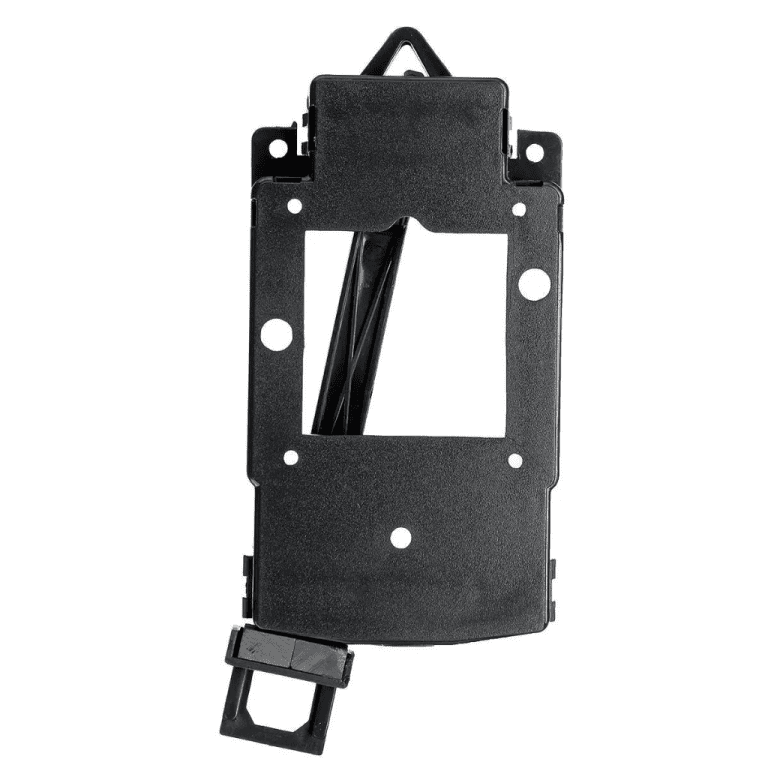The History of Pocket Watches
by DUTCH ANTIQUES on JULY 22, 2021 in UNCATEGORISED
Before there were wristwatches, people wore, or brought, pocket watches to help them keep track of time. But other than its practical use, pocket watches were also a symbol of prestige and affluence from its invention in the 16th century and even until today.
Let’s revisit the olden times and discover the history of pocket watches.
The Birth of the First Pocket Watch
Some references say that the earliest mention of the pocket watch was in 1462 when Italian clockmaker Bartholomew Manfred, in a letter, boasted about having a far more superior pocket watch to that of the Duke of Modena’s. However, it was in the early 1500s when German inventor and watchmaker Peter Henlein was credited to have invented the first ever pocket watch, one that did not need weights to drive the movement.
The early versions of the antique pocket watch were far from the ones known today. Instead of being small enough to fit into the pocket, early 16th century pocket watches were bulky, cylindrical, and were worn around the neck. Some had rounded covers, while other pocket watches had grill work allowing the owner to read the time without opening the case. The watch’s movement were constructed from metal, like iron or steel, with pins and wedges holding them together. By the mid-1500s, screws were used to hold the pieces together. Some pocket watches were shaped like an egg, which were called Nuremberg eggs.
Charles II of England and the Waistcoat Pocket Watch
It was in 1675 when the pocket watch evolved from being worn like a necklace to being worn inside pockets or waistcoats. Charles II of England was believed to have introduced this style of the pocket watch. Because of this, the shape of the pocket watch transitioned from being egg-shaped to a flat design, so it easily fits into the vest pocket or waistcoat. Pocket watch makers also began using glass to cover the face of the watch.
From Verge to Cylinder to Lever Escapement
In the early 1700s, French Inventor Jean de Hautefeuille introduced the cylinder escapement which replaced the use of verge escapement in making pocket watches. The verge escapement, which influences the watch’s ticking mechanism, ran too fast, resulting in inaccurate time readings. Oftentimes, watches with verge escapement ran about an hour or more in a day.
The cylinder escapement, while it offered a better mechanism than the verge escapement, still was inaccurate at telling time. Thomas Mudge introduced another improvement, the lever escapement, which until today is a staple in many mechanical watches.
Standardisation of Pocket Watches
Once a symbol of elitism, the pocket watch became more affordable to the masses in the mid-19th century. Clockmakers started producing pocket watches with interchangeable parts, so they became less expensive, while being more durable and accurate at telling time. Pocket watches also started gaining popularity in the Americas.
20th Century Pocket Watches
Interest in pocket watches began to fade with the emergence of wristwatches during the early 1900s. Instead of being part of everyday wear, pocket watches were considered heirloom. However, it regained popularity 1950s when James Dean began using a pocket watch and calling it his lucky charm.
Tell Time in Style
We have antique pocket watches in our wide selection of antique time pieces.
Credited to:https://dutchtimepieces.com/

